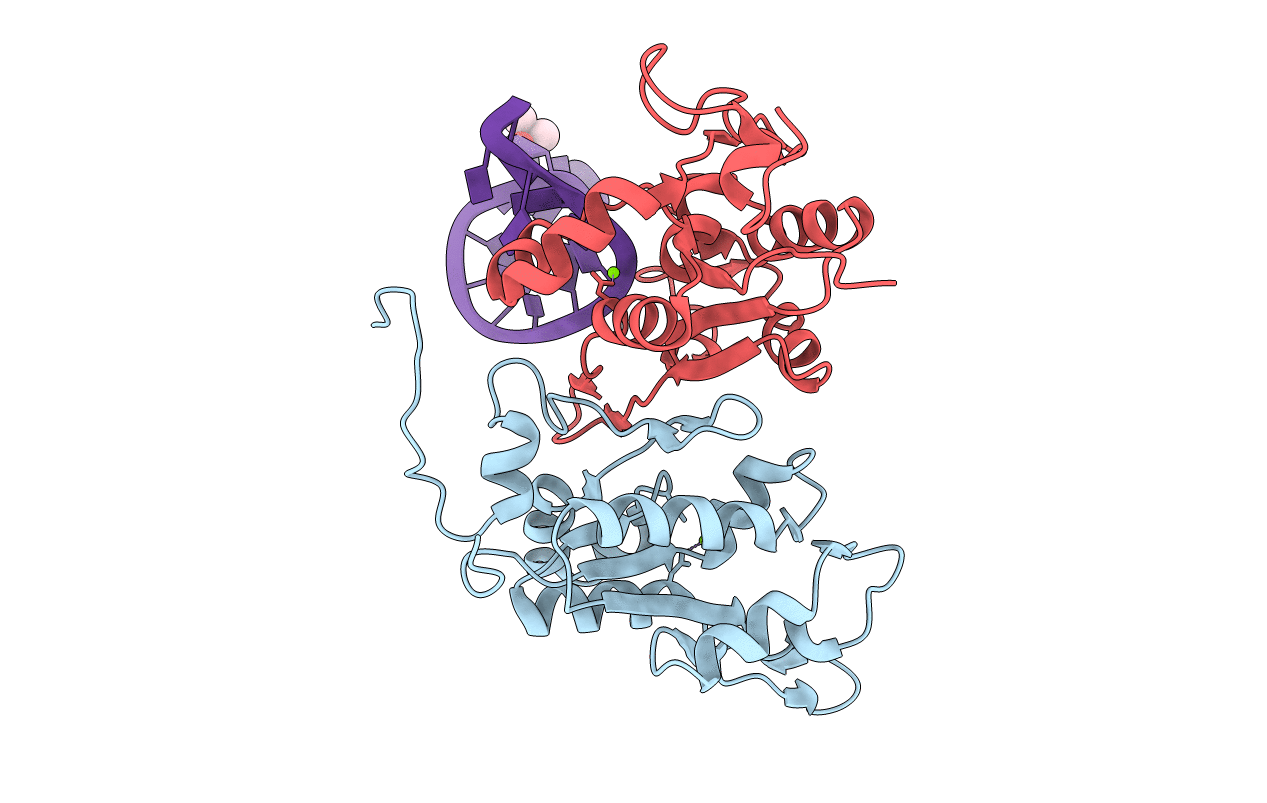
Deposition Date
2019-08-13
Release Date
2020-07-22
Last Version Date
2024-01-24
Method Details:
Experimental Method:
Resolution:
3.29 Å
R-Value Free:
0.27
R-Value Work:
0.23
R-Value Observed:
0.23
Space Group:
P 43 21 2


